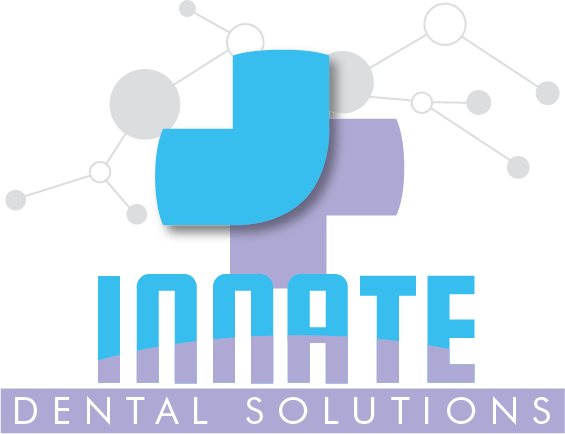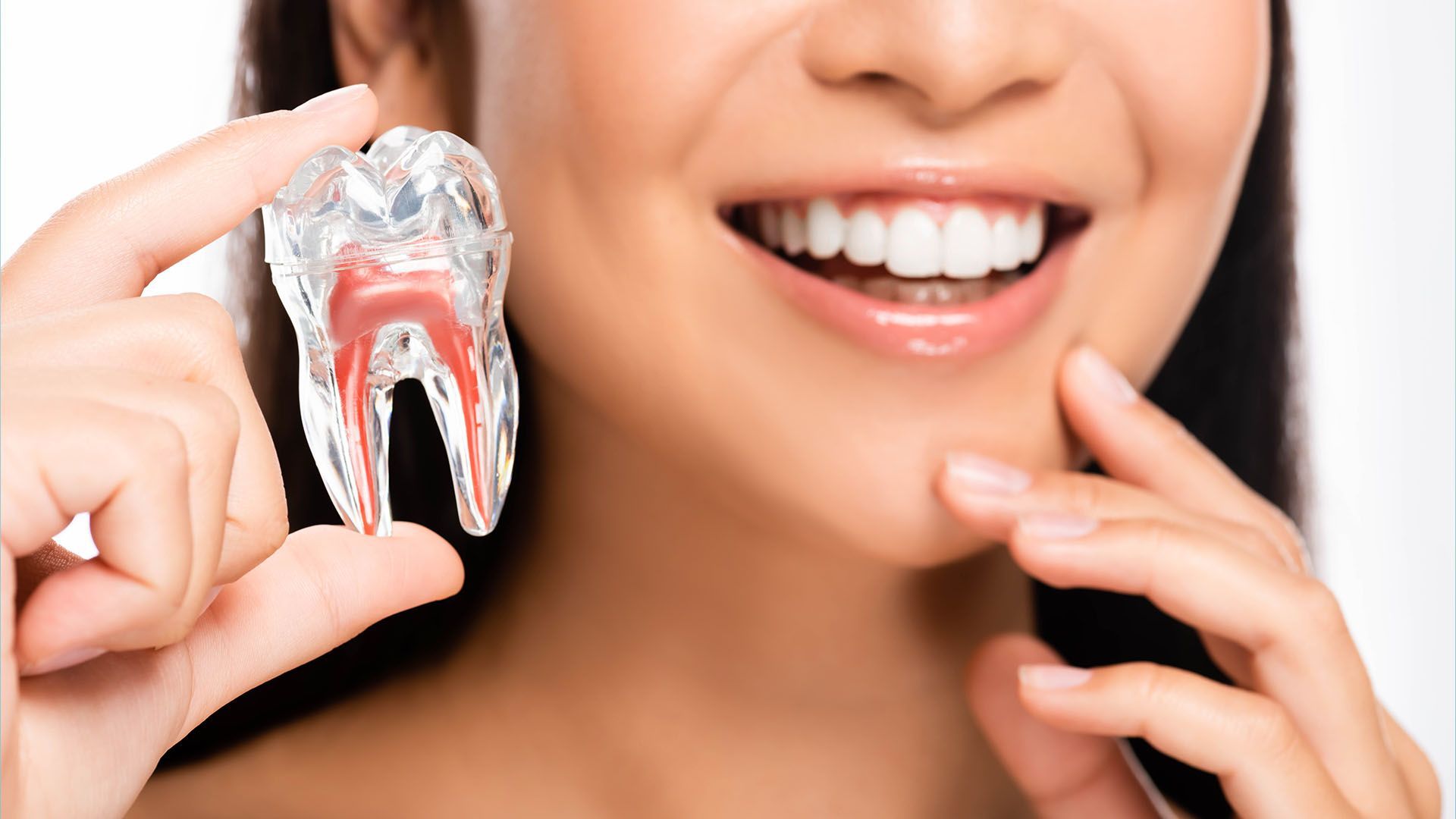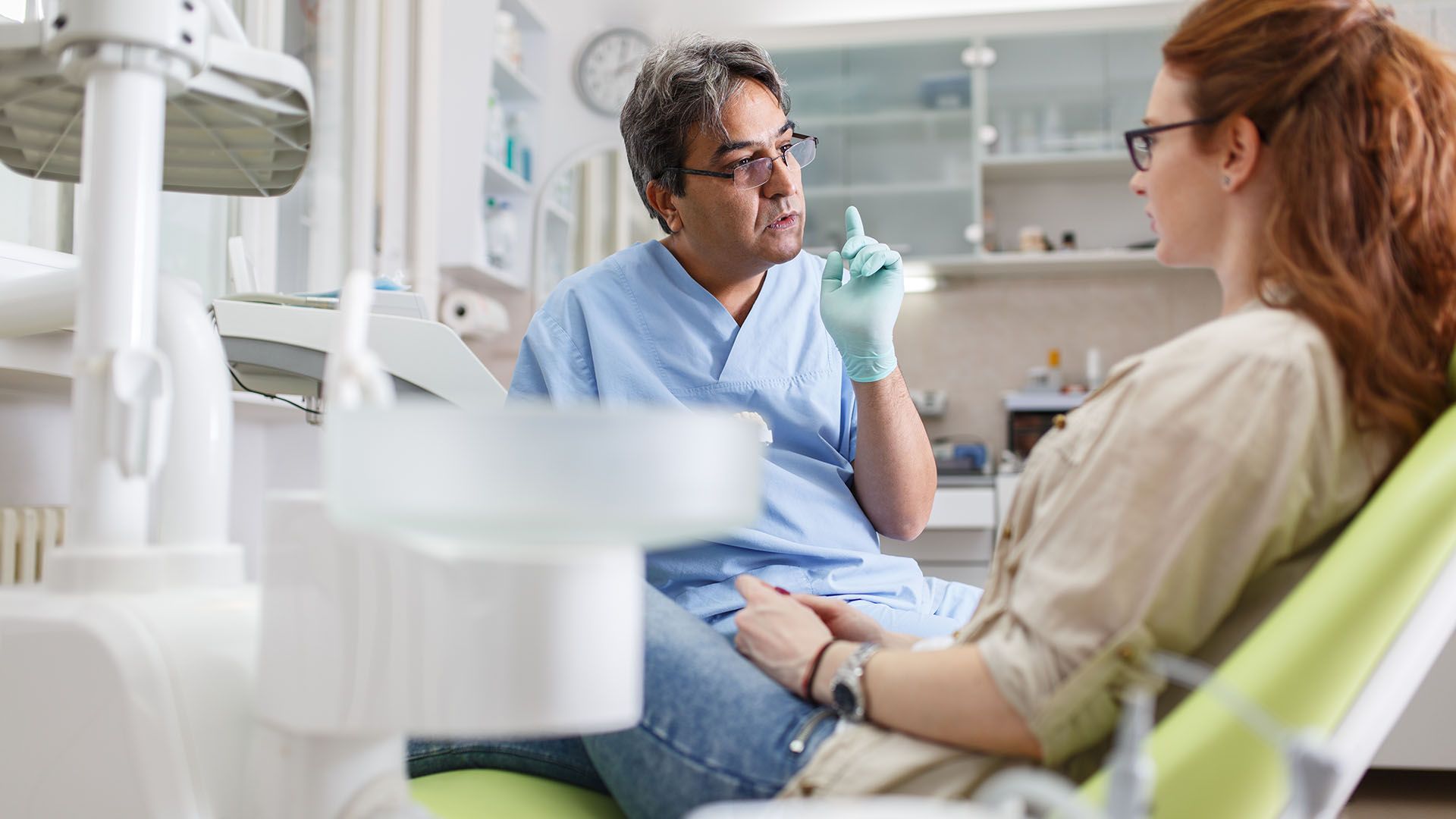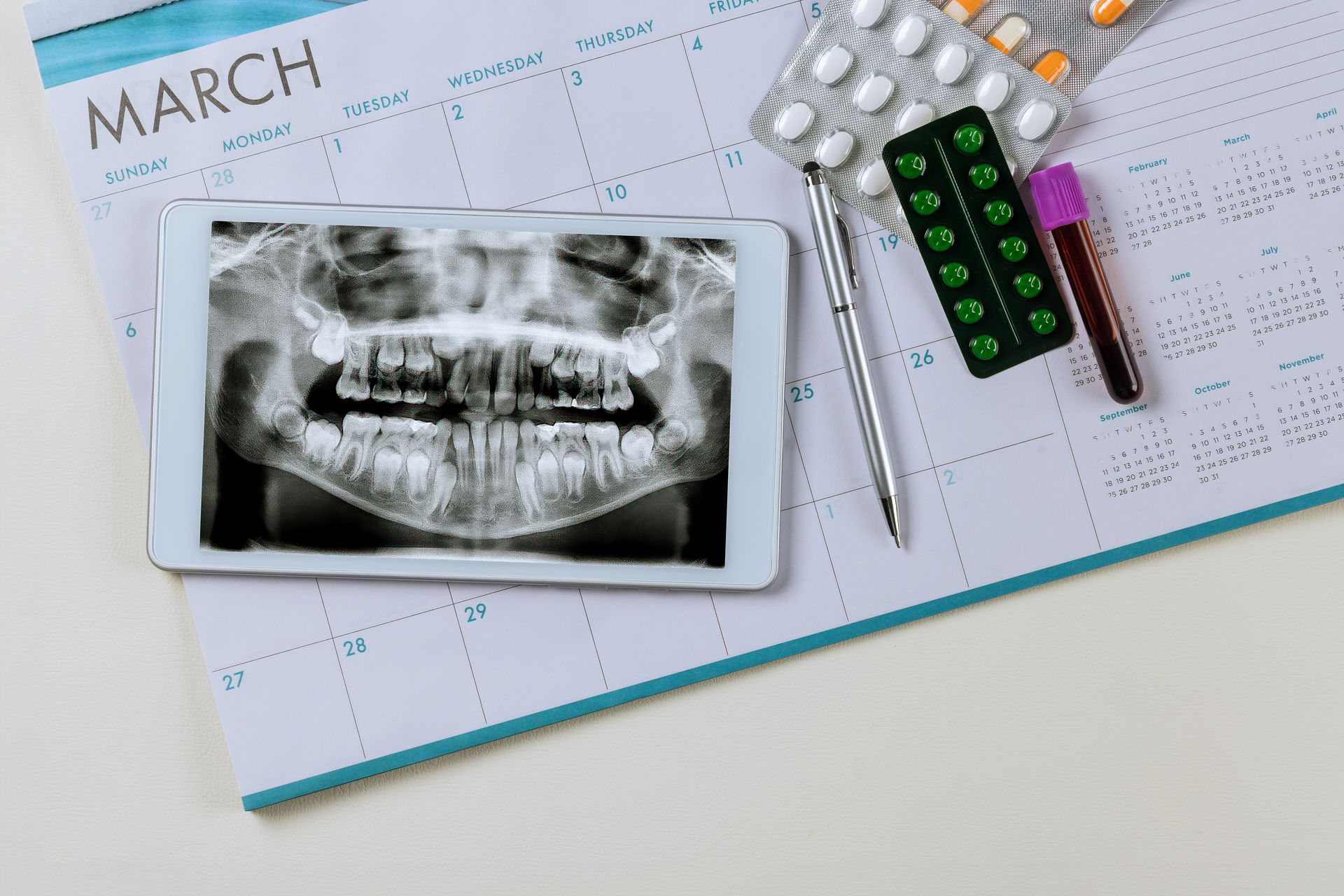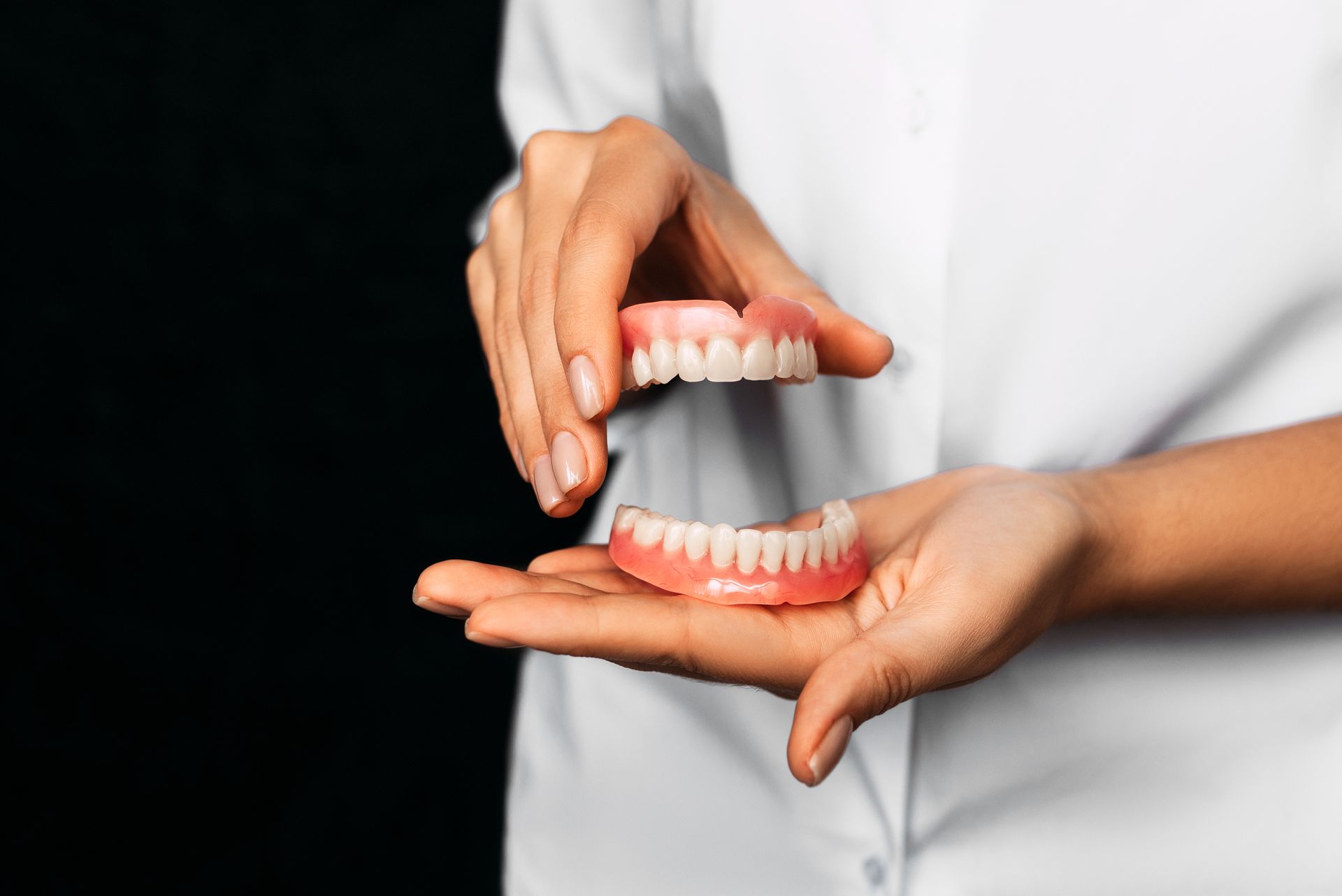Can You Brush Your Teeth After Wisdom Teeth Removal?
When recovering from wisdom teeth removal, one of the most common questions patients ask is: "Can I brush my teeth after wisdom teeth removal?" It's a fair concern—on one hand, maintaining oral hygiene is critical to healing; on the other, you don’t want to disrupt the surgical area and risk complications like a dry socket.
In this post, we’ll give you clear, dentist-approved guidance on how to safely care for your teeth after your procedure. Let’s walk through what to do, what to avoid, and how to support a healthy recovery.
When Can You Start Brushing Your Teeth After Wisdom Teeth Removal?
You can typically resume brushing your teeth the day after your surgery, but it must be done with extra care. While the urge to clean your mouth is natural, the first 24 hours after wisdom tooth extraction are crucial for clot formation and early healing.
What to Expect in the First 24 Hours
- Bleeding and mild swelling are common.
- A blood clot will begin to form over the extraction site—this is key to proper healing.
- Dentists typically recommend
no brushing, rinsing, or spitting during the first 24 hours to avoid disturbing the area.
What to Avoid Right Away
- Brushing over or near the surgical site.
- Vigorous rinsing or swishing.
- Using mouthwash or toothpaste with strong chemicals (e.g., whitening agents or alcohol).
How to Brush Safely After Wisdom Teeth Surgery
Once you're past the initial 24-hour period, you can start brushing again—but you’ll need to be gentle and selective about how and where you clean.
Use a Soft-Bristled Toothbrush
Choose an extra-soft toothbrush designed for sensitive mouths or post-operative care. This will help you clean your teeth without irritating the healing areas.
Avoid the Extraction Site
Do not brush directly over the empty sockets for at least 3–7 days, depending on your healing rate. Focus on the rest of your teeth and gently angle away from the extraction zone.
Gentle Brushing Technique Tips
- Brush slowly and in small circular motions.
- Don’t rush—clean carefully, especially around molars.
- Consider holding warm water in your mouth to loosen debris before brushing.
Recommended Toothpaste
Use a non-abrasive, fluoride toothpaste. Avoid anything labeled "whitening" or that contains hydrogen peroxide or baking soda, which can irritate sensitive tissues.
Alternative Ways to Keep Your Mouth Clean
If brushing feels too uncomfortable or risky during the early recovery phase, there are other ways to maintain oral hygiene without harming the surgical site.
Salt Water Rinse
Salt water rinses are your best friend after surgery:
- Mix
½ teaspoon of salt with a cup of warm water.
- Gently tilt your head and let the solution cleanse your mouth—don’t swish or spit forcefully.
- Start using salt water rinses
24 hours after surgery, and repeat
2–3 times per day for the next week.
Antibacterial Mouthwash
Some dentists may recommend a mild, alcohol-free antibacterial rinse (e.g., chlorhexidine). Use only as prescribed, and again—no swishing forcefully.
Avoid Vigorous Rinsing
Early in the healing phase, anything too aggressive—whether a rinse or brushing—can cause dry socket, which is painful and delays healing.
What to Avoid When Brushing After Surgery
Post-operative oral care isn't just about what you do—it's also about what you don't do.
Don’t Brush Directly Over the Extraction Site
This is a golden rule. The blood clot in the socket is delicate and essential to healing. Brushing over it too soon can dislodge it.
Avoid Using an Electric Toothbrush
Electric toothbrushes can be too aggressive in the early days after surgery. Wait at least 7–10 days or until your dentist gives you the green light to resume.
Don’t Overbrush or Scrub Hard
It may feel like being extra thorough helps, but overbrushing increases irritation and slows healing.
Signs You’re Healing Properly (Or Not)
It’s important to monitor your recovery and know what’s normal—and what’s not.
Normal Healing Signs
- Gradual reduction in swelling and discomfort
- Mild bleeding during the first day or two
- Formation of a soft clot in the extraction site
Warning Signs to Watch For
- Increasing pain after 3–4 days (could indicate dry socket)
- Pus or foul odor from the site
- Fever or chills
- Persistent bleeding or swelling
When to Contact Your Dentist
If you experience any of the above symptoms or are unsure about your recovery progress, don’t wait. Call your oral surgeon or dentist right away.
Tips for a Smooth Recovery
Beyond brushing, here are a few things you can do to support your healing process and stay comfortable.
Stay Consistent with Hygiene
Even if you’re being extra careful, don’t skip brushing altogether. Neglecting your oral hygiene could lead to infection or bad breath.
Eat Soft, Non-Sticky Foods
Stick with foods like mashed potatoes, smoothies, soups, and scrambled eggs. Avoid nuts, chips, or anything that could get lodged in the socket.
Stay Hydrated
Drinking plenty of water helps flush bacteria from your mouth and keeps your tissues hydrated.
Avoid Straws, Smoking, and Alcohol
These can interfere with healing and increase the risk of dry socket. Avoid for at least 5–7 days post-surgery, or as directed by your provider.
Conclusion
So, can you brush your teeth after wisdom teeth removal? Yes—but with caution. Brushing is essential to your recovery, but the technique, tools, and timing matter.
Focus on:
- Waiting at least 24 hours before resuming brushing.
- Avoiding the extraction site for the first few days.
- Using soft bristles, gentle movements, and rinses like salt water to stay clean.
Always follow your oral surgeon’s aftercare instructions, and if anything feels off—reach out. Your comfort and safe healing are what matter most.
